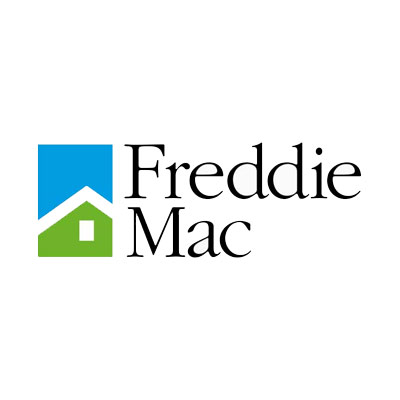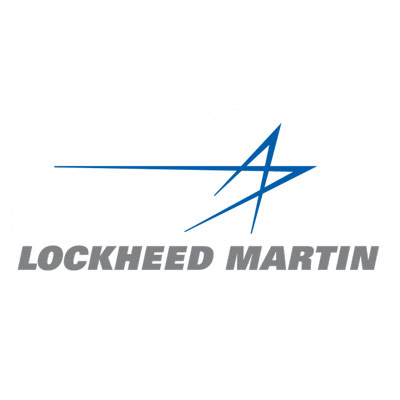Humidifirst’s patented Mist-Free series of ultrasonic humidifiers are uniquely that… Mist-Free! Perfect for humidification needs where visible mist is objectionable, such as laboratories, small hospital equipment rooms, computer rooms, office areas, and low ceiling printing rooms.
ULTRASONIC HUMIDIFIERS
MIST FREE SERIES
IDEAL FOR REPLACING STEAM CANISTER AND INFRARED HUMIDIFIERS
A HUMIDIFIER WITH NO VISIBLE MIST!
 The Mist Free ultrasonic humidifier is turn-key ready. It arrives factory assembled on lockable castors, which make it easy to roll into place. A 120v power cord, compression water line fitting, and built-in digital humidistat make for a simple set-up and operation.
The Mist Free ultrasonic humidifier is turn-key ready. It arrives factory assembled on lockable castors, which make it easy to roll into place. A 120v power cord, compression water line fitting, and built-in digital humidistat make for a simple set-up and operation.
The Mist Free 10 and Mist Free 20 are mist-less up to 40%RH with only minimal mist at 50%. As a result, they can be located near equipment with little risk of wetting. The lockable castors also allow the MF model to be quickly and easily relocated or removed from the room for service.
models and configuration of
HUMIDIFIRST “MIST FREE”
MODEL
MF-10
MF-20
CAPACITY (#/HR)
-
9
-
19
DIMENSIONS L”xD”xH”
-
23x18x84
-
36x25x84
POWER USED
-
360 va
-
660 va
WEIGHT (lbs)
-
130
-
225
NUMBER OF TRANSDUCERS
-
8
-
16
FAN CFM
-
320
-
640
features and benefits of
HUMIDIFIRST “MIST FREE”
HUMIDIFIRST “MIST-FREE” Humidifier
OTHER MANUFACTURERS
HUMIDIFIRST BENEFITS
-
The only packaged humidifier that totally evaporates its moisture before the air leaves the unit.
-
Discharge mist in front of humidifier.
-
Moisture does not collect on equipment or people.
-
An easily moveable humidifier. The unit arrives on casters and plugs into a standard 120 volt outlet.
-
Require field power wiring. Many require drain piping and and field control wiring.
-
Simple to set up and operate.
-
All stainless steel and powder coated aluminum construction.
-
May use metals that eventually rust.
-
Long lasting, easy to maintain, and aesthetically pleasing.
-
Uses energy efficient ultrasonic transducers to produce a pure mist.
-
Many use steam boilers or electric calrods that are high electricity consumers.
-
Can save the user over $1,200 per year in operating costs.
-
Instant on and instant off humidification. The transducers start humidifying the air immediately when called for.
-
Many require time for the water to boil before a mist is produced. They may require a shut-down period while dirt is flushed.
-
Provide more accurate humidity control.
-
Minimal maintenance because deionized water is used. All dirt is left in the deionization bottle filter.
-
High expense in replacement parts, cleaning and in maintenance labor.
-
Reduces maintenance costs and humidifier downtime.

Customers
GENERAL BACKGROUND
Humidifirst is an American company that has been manufacturing ultrasonic humidifiers since 1993 and holds two patents; U.S. patent numbers 5,653,919 and 5,702,648. Humidifirst manufactures only ultrasonic humidifiers and, compared to all other companies, has the most experience with this humidifier technology. Humidifirst invented the ducted/AHU model ultrasonic humidifier design currently used by other major humidifier companies. Humidifirst also invented the only mist-less humidifier.
Humidifirst’s competitors are either foreign companies or USA subsidiaries of foreign companies, and they sell a variety of products other than ultrasonic humidifiers.
Humidifirst is committed to being the innovative leader in ultrasonic humidifier technology. As a result, we continually test our products to find ways to improve them. We use a large wind tunnel to simulate high and low velocity air patterns commonly found in field ventilation systems. This wind tunnel led to the development of Humidifirst’s unique DT Series discharge baffle, which can be field adjusted, allowing our ducted humidifiers to work exceptionally well in slow air speeds of 300 fpm or in fast air speeds up to 2000 fpm.
sizing and calculations
HUMIDIFIRST HUMIDIFIERS
When calculating the humidification loads of a space we will generalize and assume that the majority of the humidification load will come from two areas:
1. Ventilation, Exhaust, or Infiltration of air: Most buildings have air exchanges with the outside because of one or more of these three items.
A. Ventilation is a result of air conditioning systems bringing outside air in to provide fresh air to the inhabitants.
B. Exhaust is the mechanical removal of air from a space when processes inside of the building require the removal of dirty, hot or unwanted air.
C. Infiltration occurs when air comes into a space from outside. Air may come in through small openings around doors, windows, ceilings, etc. Also, infiltration often occurs from frequent opening of doors.
For each Cubic Foot per Minute (CFM) of outside air that is brought into the space, moisture must be added to achieve your relative humidity requirements.
2. Air conditioning: When an air conditioner runs, it removes moisture from the air. This is known as Latent cooling. If the air conditioner will be running during your humidification season, you must take this dehumidification process into account.
The cooling ability of an air conditioner is normally rated by the manufacturer and is stated in Sensible and Total cooling capacity in btu’s per hour. Subtract the Sensible cooling capacity from the Total cooling capacity to get the Latent cooling capacity. For every 1000 btu’s/hour of Latent cooling capacity you will need to add one pound of moisture.
Please note that there are other factors that can add to your humidification requirements, such as moisture absorption of items in your space. We generally ignore them because most often they play only a minor part of your humidification requirements. Contact us if you think you have unique requirements.
Let HUMIDIFIRST assist you with your humidifier sizing. Use the form above that will be automatically emailed to us or fax us the information to 801-760-2777.












